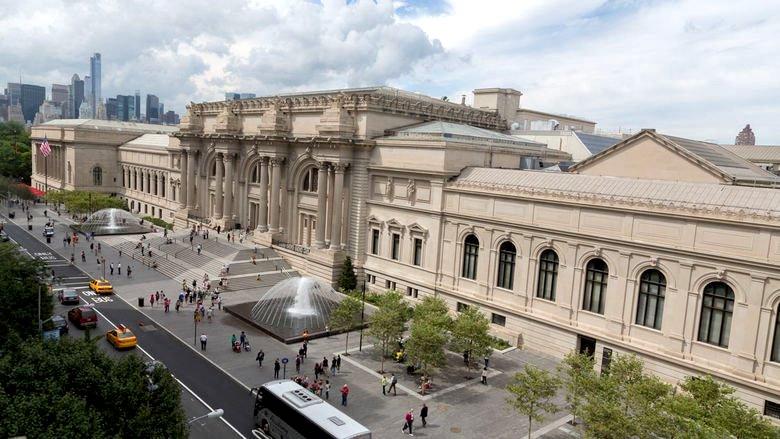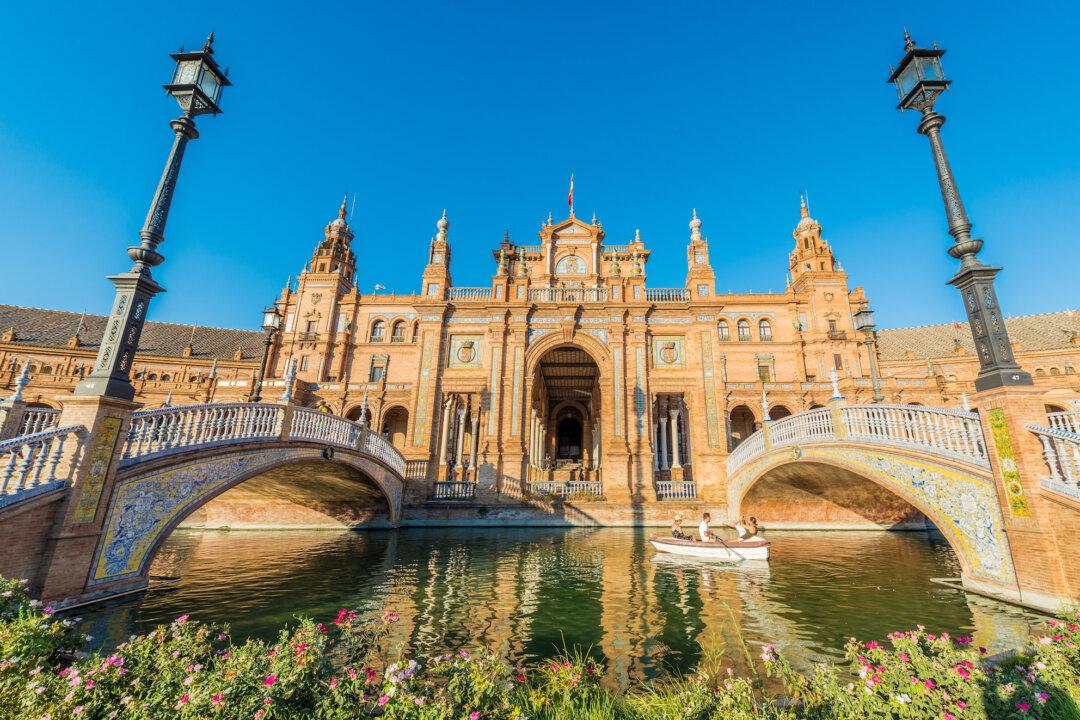Porto, the second largest city in Portugal after Lisbon, is named for the noble fortified wine that has been produced there for centuries, but became famous around the world in the 1750s after the British discovered it and went wild for it. Even today, the majority of port wine drinkers are British.
Also called Oporto, Porto is separated by the Douro River in such a way that the bustling city—also a historical UNESCO site—and its citizens are on one side, while the port wine producers with their cellars, caves, and visitor centres are on the other.
A visit to Porto, located a few hours north of Lisbon, is the perfect side trip and offers a unique historical perspective on a culture that fiercely preserves its heritage. Although Porto is not a fast-paced city, a new energy there has created restaurants with exceptional food and local wine, in addition to the painstaking restoration of buildings situated in the UNESCO district.
The city is walkable, but one thing to note is that many of the streets, like those in Lisbon, are steep and paved with cobblestones, so be prepared with sturdy walking shoes.
Porto has so much to recommend it. We were delighted with gracious hospitality, exceptional seafood, local wine, as well as design stores filled with interesting variations on the use of cork (from handbags to hats and belts) and scores of shoe stores. (Judging by the steep sidewalks, shoes take a beating). Throughout the city there is a very strong connection to the history of the country and a respect for a rich cultural past.





